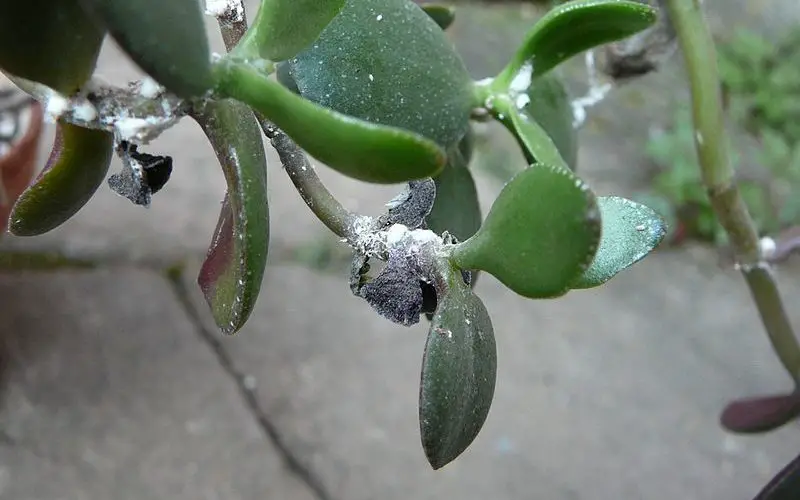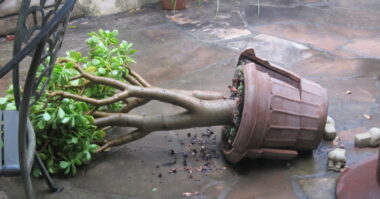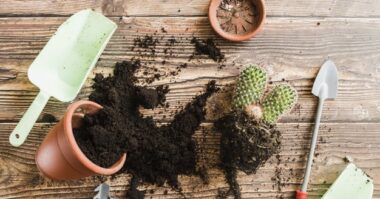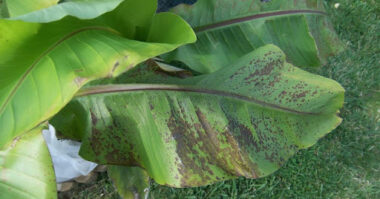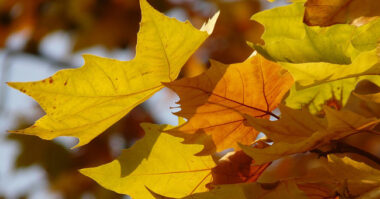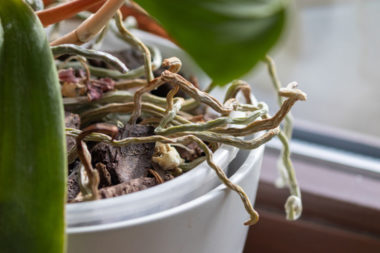Mealybugs are one of those pests that succulent plant owners hate most of all. Indeed, as small as they are, they are capable of doing great damage to succulents, even though they are known to be relatively resistant.
If however you notice that mealy bugs are present on one or more of your pots, know that this happens to many collectors and lovers of green plants, whether they are amateurs or professionals. So don’t wonder too long why this pest appeared on one or more of your plants.
The mealy bug is a known and unfortunately very common pest. The important thing is to fight it and not to doubt your ability to take care of your succulents.
Contents
Where does the white spot disease on succulents come from?
Formerly called “plant lice”, mealy bugs feed on the sap of the plant. It is an insect that can be fatal to the plant, as the mealybug reduces the growth of the plant and can create fungi on the plant. The mealy bug can also be present on fruit trees. If the fruit tree is affected by this pest, the harvest can be compromised and the tree doomed if not treated in time.
The mealy bug is attracted to confined, humid and especially warm environments. They are particularly present in spring and early fall in gardens. Indoors, it is possible to find them throughout the year. Be careful, the fact that a plant is contaminated by these insects is often a factor of propagation on the other plants of the house or the garden.
How to recognize a mealy bug attack (white spots)?
There are several possible treatments to eradicate mealybugs, whether they are on your houseplants or on the fruit trees in your garden or terrace. First of all, you must observe your plants carefully and recognize the first symptoms of an infection by this pest. The mealy bug can be spotted thanks to several signs:
- The stems or leaves of your plants show a cottony, mealy mass.
- Leaves are covered with honeydew (thick, viscous liquid excreted by the mealy bug)
- The leaves have a black deposit close to the honeydew (fumagine)
- In the case of a large invasion in the house, even the floor can become sticky!
What attracts mealy bugs?
As we have just said, mealybugs like heat and humidity.
They especially like confined, humid environments and high temperatures.
A humid interior or regular spraying of water on the foliage accentuates the phenomenon.
Also, in late spring or early fall when temperatures are fairly high and the air outside is more humid.
The fact of having mealybugs on a plant is often a factor of contagion for the other plants.
How to treat white spots on your succulent?
Quarantine affected succulents
If you have several succulents at home and only one is affected by a mealy bug attack, then isolate the affected plant immediately. Do not leave the affected plant in the same room as the other succulents. Why not? Simply because mealy bugs multiply very quickly.
If you have various pots with succulents next to each other, then your entire collection could be affected in just a few days. Unless some of your succulents are not of a nature to be attacked by mealy bugs.
By the way, don’t forget to isolate your sick fat plant from all other green plants. Mealybugs also attack orchids or Yuccas for example 🙁 In short, if one is affected, it is better to avoid the others as much as possible. Prevention is better than cure!
Once the plant is quarantined, it will have to be treated.
Diluted Black Soap
Among the natural and non-invasive methods, diluted liquid black soap is often recommended for spraying on plants attacked by mealybugs. Its most common packaging is the household black soap that can be found in stores (especially supermarkets). Liquid black soap is also available as a plant care product in garden centers.
However, be careful not to confuse a bottle of liquid black soap in a garden center with other bottles of insecticides to fight against mealy bugs. Most of them will be effective, but they are intended for specific plants. Most of them are far too powerful for succulents and would therefore be bad for them too, risking damage after spraying or induction on succulents.
Diluted alcohol
You may think that this is a grandmother’s recipe, and you would not be wrong. Alcohol, diluted with a cotton swab, allows to clean the affected leaves of a plant, when the mealy bug attack is at its beginning. The alcohol will weaken the shield of the mealybugs.
Which alcohol to use? It is often advisable to use household alcohol, or medical alcohol found in pharmacies, whether it is 60 or 90 °.
It will be diluted afterwards in any case. Be careful, however, not to use alcohol on fat plants with a bloom on the leaves. The Kalanchoe Pumila as well as the Cotyledon Ondulata will be very bad candidates for this treatment which will damage the leaves more than anything else.
The Natural Mixture of Rapeseed Oil, Black Soap and Alcohol
Among the natural treatments that would remain effective against mealybugs, the mixture of household alcohol, liquid black soap and rapeseed oil is among the most popular.
The problem is that you don’t have all three products on hand at home when you need them. Do you have liquid black soap at home? If not, this could be the opportunity to go out and do some shopping and then proceed to the mixing which consists in :
Add in 1 liter of water: 1 teaspoon of liquid black soap, a teaspoon of alcohol at 90° and a teaspoon of rapeseed oil. Then to mix the whole and to pour it in a pulverizer.
You can then spray the mixture on the fat plant attacked by mealy bugs, over several days.
Be careful when using these methods, especially if all your plants are indoors. Make your mixtures in places that do not fear: Bathroom with rinsing afterwards or your balcony. The products are natural, but a good cleaning is always more than desirable.
Systemic products
When it comes to pest control products, there are many products on the market today. However, there are numerous drawbacks to their use.
- They can be expensive: a bottle with a sprayer costs between 12 and 18 euros, available in garden centers or on the Internet.
- They are not always suitable for succulents and cacti: some systemic anti-cocca treatments are intended for other plants, such as fruit trees or outdoor plants.
- They are chemical products with numerous consequences such as affecting bees outdoors and any surrounding ecosystem.
- They should not be used indoors: If they are increasingly discouraged outside, then imagine inside your home: you, your pets and the air around you will be subjected to this product.
So if you opt for this solution, which is relatively effective, do not forget to find out beforehand about the product you choose, and make sure you use it outside only. These products, which are called systemic for those concerned, will have the strength to impregnate the plant itself. Thus, when trying to pump the sap of a treated plant, the mealy bug will be more easily affected by the product.
Other methods?
If you have very few mealy bugs on a fat plant, then take it outside. A windowsill or balcony will do the trick. However, be careful not to take it outside during the cold winter months. If temperatures are too low or below 0°C, depending on the plant concerned, it could be regrettable or even fatal for it. Therefore, find out about the grass plant to find out what the lowest temperatures it can withstand.
If it can go outside, then this will already be a blessing for it because mealybugs tend to dislike cold and airy places.
This is precisely why they are so common indoors. They like warm and confined places, slightly humid.
